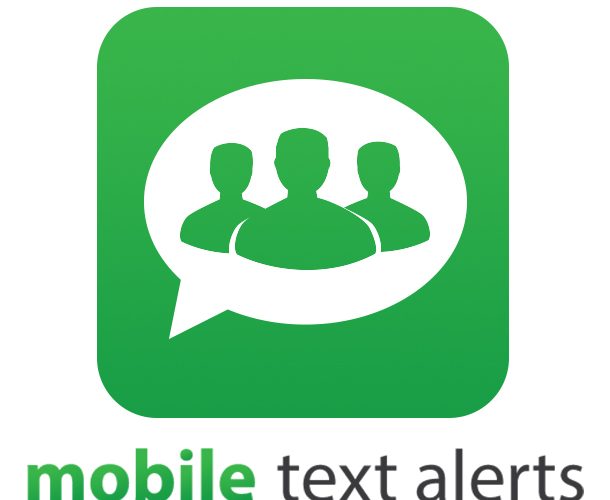Ensuring Timely Updates with Comprehensive Text Alert Systems

In today’s fast-paced business environment, effective communication is vital for operational success. As organizations grow and adapt, the need for timely updates becomes increasingly important. One of the most effective solutions for ensuring that employees receive critical information promptly is a text alert system for employees. This article explores how comprehensive text alert systems can enhance communication, improve responsiveness, and ensure that teams stay informed.
The Importance of Timely Updates
Timely updates are essential for various reasons, including:
- Operational Efficiency: Quick access to information allows employees to make informed decisions and respond promptly to changes. This efficiency can significantly affect productivity and workflow.
- Crisis Management: In emergencies, timely communication can save lives and protect assets. Whether it’s a natural disaster, security breach, or operational issue, having a reliable alert system can facilitate a swift response.
- Engagement and Morale: Employees who receive timely updates feel more connected to the organization. This connection fosters a positive work environment and enhances overall morale.
- Compliance and Safety: For many industries, timely updates are not just beneficial but necessary for compliance with regulations. Keeping employees informed about safety protocols or regulatory changes is crucial for maintaining compliance.
How Text Alert Systems Work
A text alert system for employees allows organizations to send messages directly to employees’ mobile devices via SMS. These systems can be used for various purposes, including:
- Urgent Notifications: Immediate alerts regarding emergencies, system outages, or critical updates.
- Reminders: Notifications about upcoming meetings, deadlines, or training sessions.
- General Announcements: Company news, policy changes, or team achievements.
The immediacy of text messaging makes it an ideal solution for reaching team members quickly, ensuring that essential information is communicated effectively.
Key Features of Comprehensive Text Alert Systems
To maximize the effectiveness of a text alert system for employees, organizations should consider several key features:
1. User-Friendly Interface
A simple and intuitive interface is essential for both administrators and employees. A user-friendly platform allows for quick navigation and efficient message sending, ensuring that critical updates can be communicated without delay.
2. Customizable Messaging
Customization is crucial for ensuring that messages are relevant and targeted. A comprehensive alert system should allow organizations to segment messages based on employee roles, departments, or locations. This ensures that employees receive information pertinent to their specific responsibilities.
3. Scheduling and Automation
The ability to schedule messages in advance is invaluable for ensuring timely updates. Organizations can set reminders or alerts to be sent at specific times, making it easier to communicate essential information without manual intervention. Automation features can further streamline communication by sending alerts based on predefined triggers.
4. Multi-Channel Delivery
While SMS is the primary mode of communication in text alert systems, multi-channel delivery options enhance accessibility. Integrating email, app notifications, and other communication channels ensures that employees receive alerts in their preferred formats, increasing the likelihood of engagement.
5. Reporting and Analytics
Comprehensive text alert systems should provide reporting and analytics features that help organizations track message delivery and engagement rates. Understanding how employees interact with alerts allows for data-driven decisions to improve communication strategies over time.
Implementing a Text Alert System for Employees
To effectively implement a text alert system and ensure timely updates, organizations should follow these steps:
1. Assess Communication Needs
Begin by evaluating your organization’s communication needs. Identify the types of messages that need to be sent, the urgency of those messages, and the audience segments that will receive them. Understanding these requirements will guide your selection of a text alert system.
2. Choose the Right Provider
Research different text alert system providers and evaluate their features, customization options, and integration capabilities. Look for a solution that aligns with your specific needs and budget. Reading reviews and seeking recommendations can help you make an informed decision.
3. Train Employees
Once the system is implemented, it’s crucial to train employees on how to use it effectively. Provide clear instructions on how to opt in to receive messages and how to respond to alerts. Training ensures that employees understand the benefits of the system and how to engage with it.
4. Test the System
Before fully rolling out the text alert system, conduct tests to ensure that messages are being delivered correctly. This will help identify any potential issues and ensure that the system functions as intended.
5. Gather Feedback
After implementation, gather feedback from employees regarding their experience with the text alert system. This input can provide valuable insights into how the system is being used and areas for improvement.
6. Monitor and Adjust
Continuously monitor the effectiveness of the text alert system. Analyze engagement metrics and adjust your communication strategy as needed. Regularly updating the system based on employee feedback will ensure that it remains relevant and effective.
Conclusion
A text alert system for employees is an essential tool for ensuring timely updates and effective communication within organizations. By facilitating instant notifications, enhancing engagement, and providing customizable messaging options, these systems help organizations stay agile and responsive. As businesses continue to evolve, investing in comprehensive text alert solutions will be crucial for maintaining effective communication, fostering a positive work environment, and achieving operational success.








